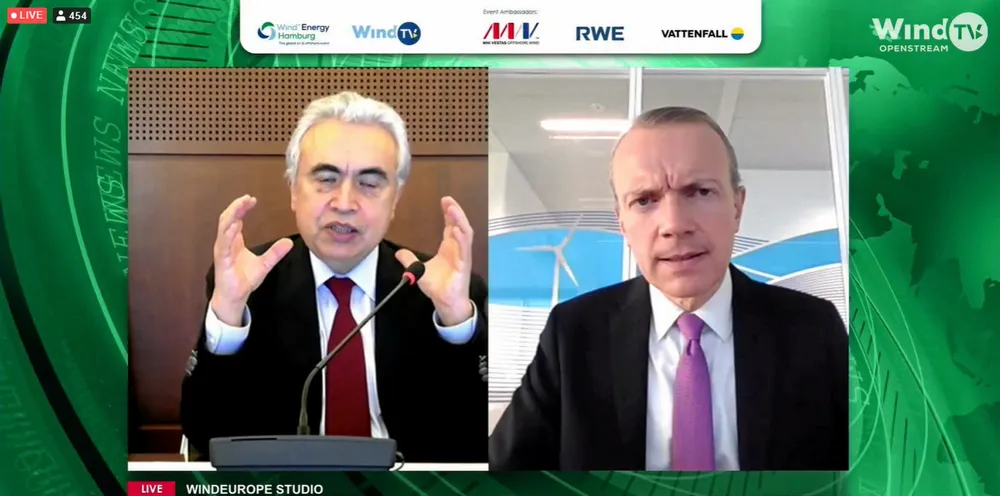Digital Hamburg draws real big-hitters as wind industry plans massive growth
The world's biggest wind power event saw leading policymakers, developers and OEMs discuss the way forward on- and offshore

The world's biggest wind power event saw leading policymakers, developers and OEMs discuss the way forward on- and offshore
